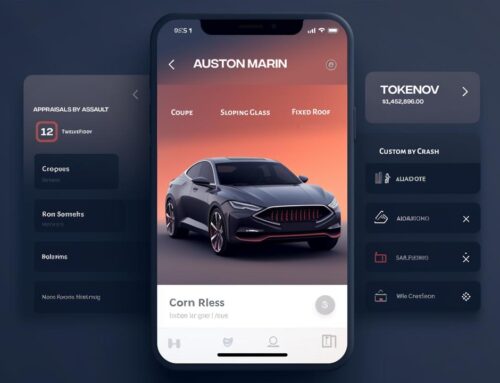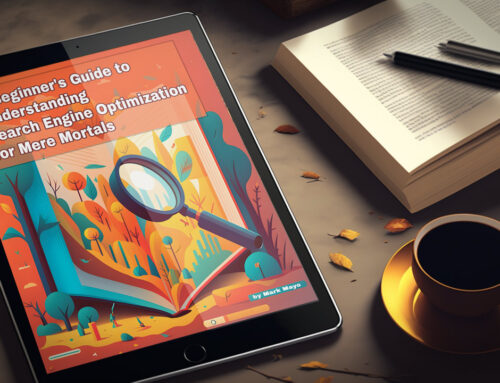This comprehensive guide covers the process of building an effective topical structure for your blog, which is crucial for user experience and SEO. Key steps include understanding topical structure, conducting keyword research, content clustering, creating high-quality content, optimizing content for SEO, implementing internal linking strategies, and monitoring and analyzing performance. By following these steps, you can improve your blog’s user experience, search engine rankings, visibility, and organic traffic. OK, let get started.
Table of Contents
- Understanding Topical Structure
- Keyword Research and Content Clustering
- Creating High-Quality Content
- Optimizing Your Content for SEO
- Internal Linking Strategies
- Monitoring and Analyzing Performance
1. Understanding Topical Structure
Topical structure refers to how content is organized within your blog. A well-structured blog allows users to navigate easily and search engines to understand your content better.
Benefits of Topical Structure
- Improved User Experience: A well-organized blog makes it easier for users to find relevant content.
- Better SEO: Topical structure helps search engines understand your content, which can improve search rankings.
2. Keyword Research and Content Clustering
Keyword Research
Start by identifying relevant keywords for your blog:
- Use keyword research tools like Google Keyword Planner, Ahrefs, or SEMrush to identify keywords.
- Look for long-tail keywords with low competition and high search volume.
- Create a list of primary and secondary keywords.
Content Clustering
Organize your content around related keywords or topics:
- Group related keywords together to form content clusters.
- Create cornerstone content, which acts as the main hub for each cluster.
- Develop supporting content around cornerstone content, targeting secondary keywords.
3. Creating High-Quality Content
Content is the foundation of your blog, so focus on creating high-quality, engaging, and informative content.
Tips for Creating High-Quality Content
- Write in-depth articles that cover a topic thoroughly.
- Use visuals like images, infographics, and videos to support your content.
- Keep your writing clear and concise, and avoid jargon.
- Update your content regularly to keep it relevant and fresh.
4. Optimizing Your Content for SEO
Optimize your content for search engines to improve visibility and rankings:
On-Page SEO
- Use your primary keyword in the title, headings, and throughout the content.
- Write a compelling meta description that includes your target keyword.
- Use header tags (H1, H2, H3) to structure your content.
- Optimize images with descriptive file names and alt tags.
Off-Page SEO
- Build high-quality backlinks to your content through guest posting, social media promotion, and outreach.
- Share your content on social media platforms to increase visibility and engagement.
5. Internal Linking Strategies
Internal linking connects your content and helps both users and search engines navigate your blog.
Internal Linking Best Practices
- Link from cornerstone content to supporting articles within the same cluster.
- Use descriptive anchor text for internal links.
- Avoid overloading your content with too many internal links.
6. Monitoring and Analyzing Performance
Track the performance of your blog and make adjustments as needed:
Monitoring Tools
- Use tools like Google Analytics, Ahrefs, or Moz to monitor your blog’s performance.
- Track metrics such as organic traffic, bounce rate, and conversion rate.
Analyzing Performance
- Identify top-performing content and look for patterns or commonalities.
- Analyze underperforming content to identify areas for improvement.
- Keep an eye on keyword rankings to ensure your blog maintains its position in search results.
Making Adjustments
- Update or expand underperforming content to improve its relevance and value.
- Test different headlines, meta descriptions, and formatting to improve user engagement.
- Continuously monitor your blog’s performance and make data-driven decisions to optimize your topical structure and overall strategy.
You’ll be able to create a well-structured and optimized topical structure for your blog. This will not only enhance user experience but also boost your blog’s search engine rankings, leading to increased visibility and organic traffic.








